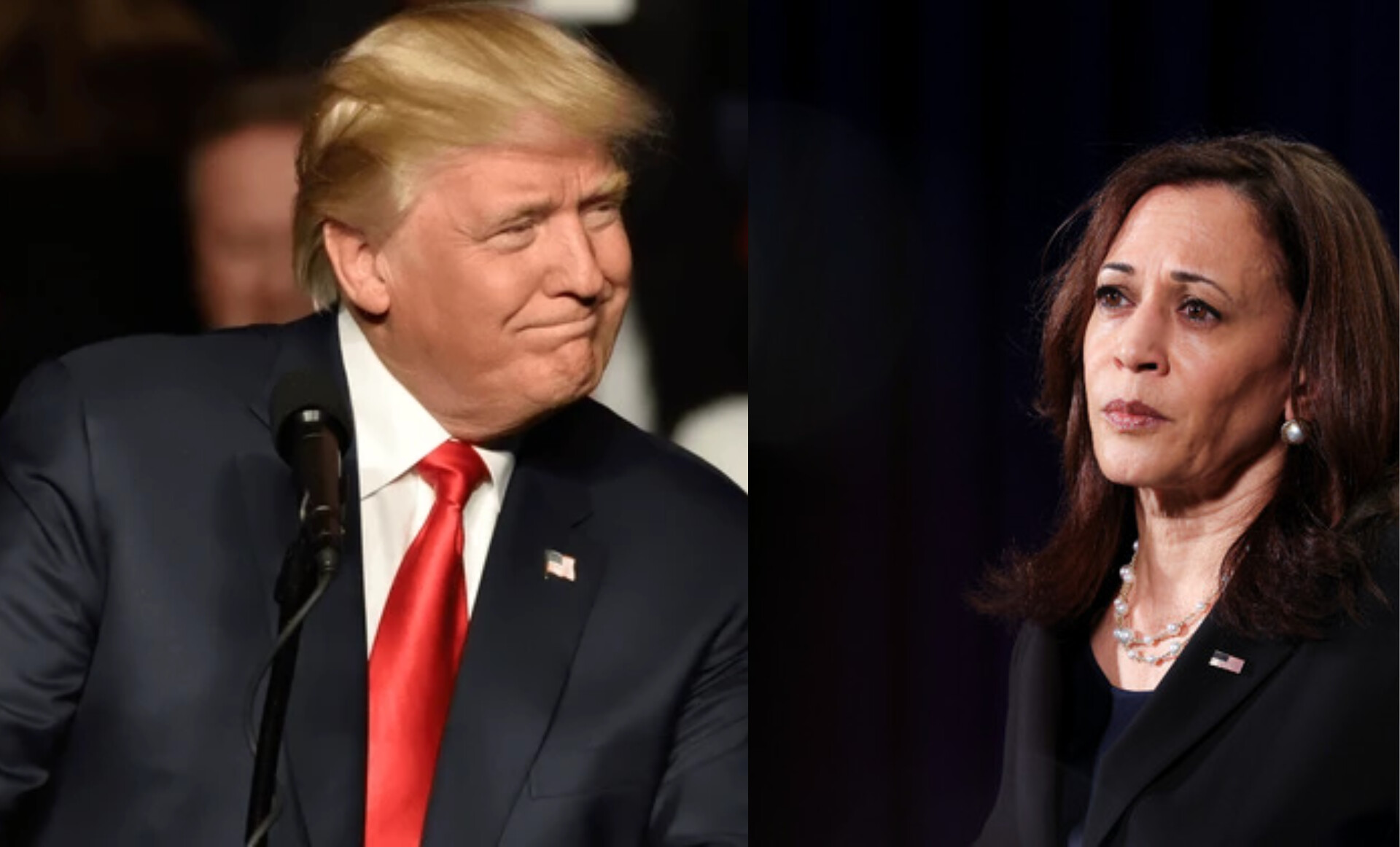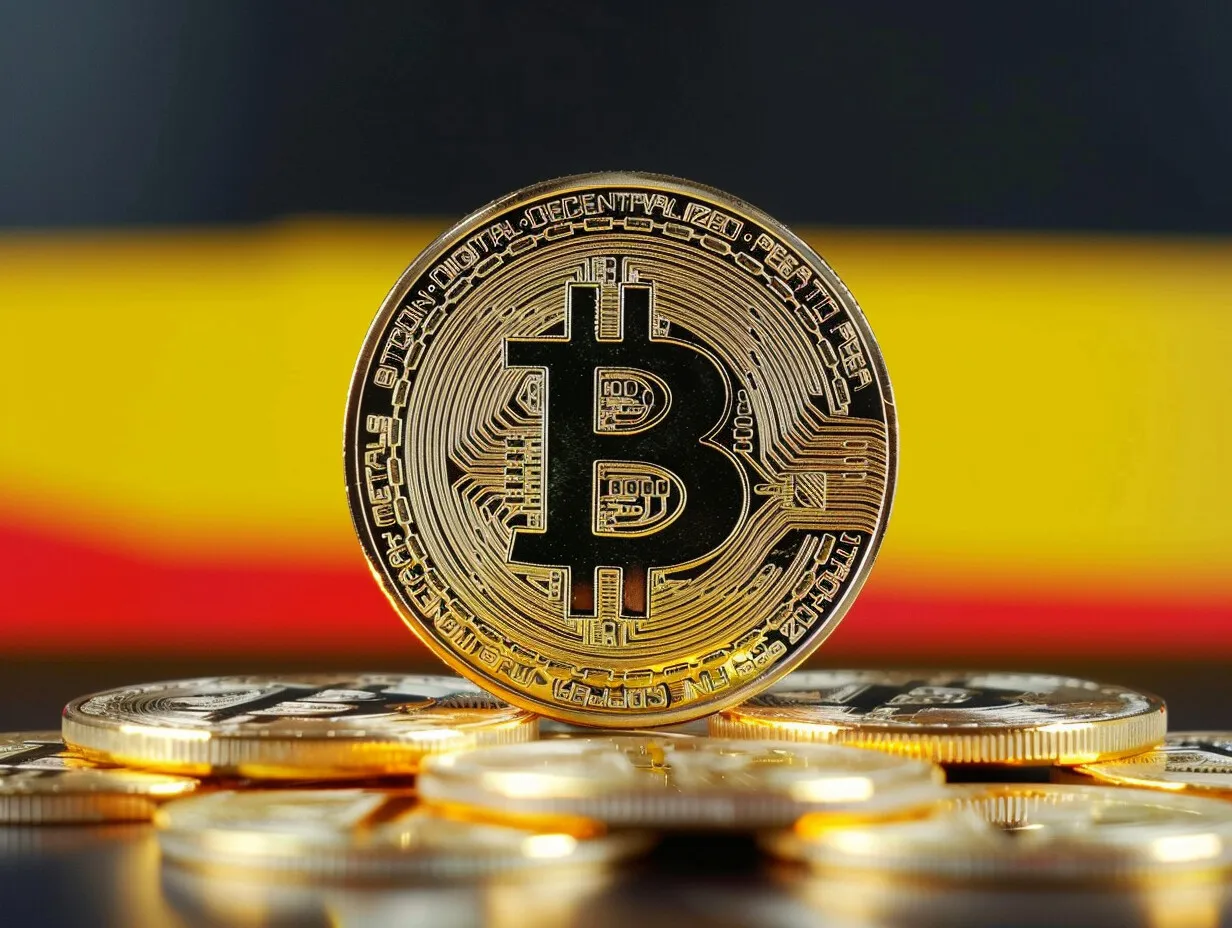Donald Trump’s odds on Polymarket have jumped to 53%, while Kamala Harris is sitting at 46%. Trump has been cozying up to the crypto crowd for a while now. But Kamala had a momentary boost after Joe Biden stepped out, and that’s probably why her numbers were even close.
Now, the dust is settling, and the crypto community seems to be sticking with what they know. Trump’s been out there calling himself the “crypto candidate,” and people are buying it.

He has said that he is not a fan of the way the SEC, under Gary Gensler, has been handling things, and he’s made a point of saying he’d show Gary the door the second he gets back in the White House.
That’s music to the ears of the crypto community, who’ve been frustrated with the way things have been going. But it’s not just talk. Trump’s campaign has been raking in cash from the crypto sector—around $7.9 million since May.
He’s also been making appearances at big crypto events, like the Bitcoin conference in Nashville, where he’s been shaking hands and solidifying his support base.
The Republican Party is right there with him, too. They’ve officially added cryptocurrency to their platform, promising to protect crypto activities and push back against any moves to establish a Central Bank Digital Currency (CBDC).
Kamala, meanwhile, has been trying to appeal to a broader base with things like tax breaks for families and first-time homebuyers and proposing to raise the corporate tax rate from 21% to 28%.
But when it comes to crypto, she’s been pretty quiet.
There’s been some chatter that Kamala might be starting to warm up to cryptocurrency, but she hasn’t made any big commitments that would really get the crypto community on her side. And that’s a problem for her.
The crypto crowd is looking for someone who’s going to fight for their interests, and right now, Kamala isn’t giving them much to go on.
Some folks in the Democratic Party are trying to rally the crypto sector behind Kamala, but without a clear stance from her, it’s a tough sell.
Kamala does have an edge in some areas, though. She’s leading Trump by 1.4% in the overall polling average, and she’s ahead by 3-6 percentage points in polls taken just before the Democratic National Convention.
But when it comes to the key battleground states like Michigan, Wisconsin, Georgia, Nevada, and North Carolina, it’s neck and neck—both candidates are tied at 50%.
Kamala also has strong support among Black voters, leading Trump by an average of 60 percentage points. She’s got around 76% support compared to Trump’s 16%, which is solid.
And in the seven states that are most likely to decide the election, she’s leading Trump by 2 percentage points. That’s a big change from May when Trump was ahead by 5 points, but it’s still a close race.





